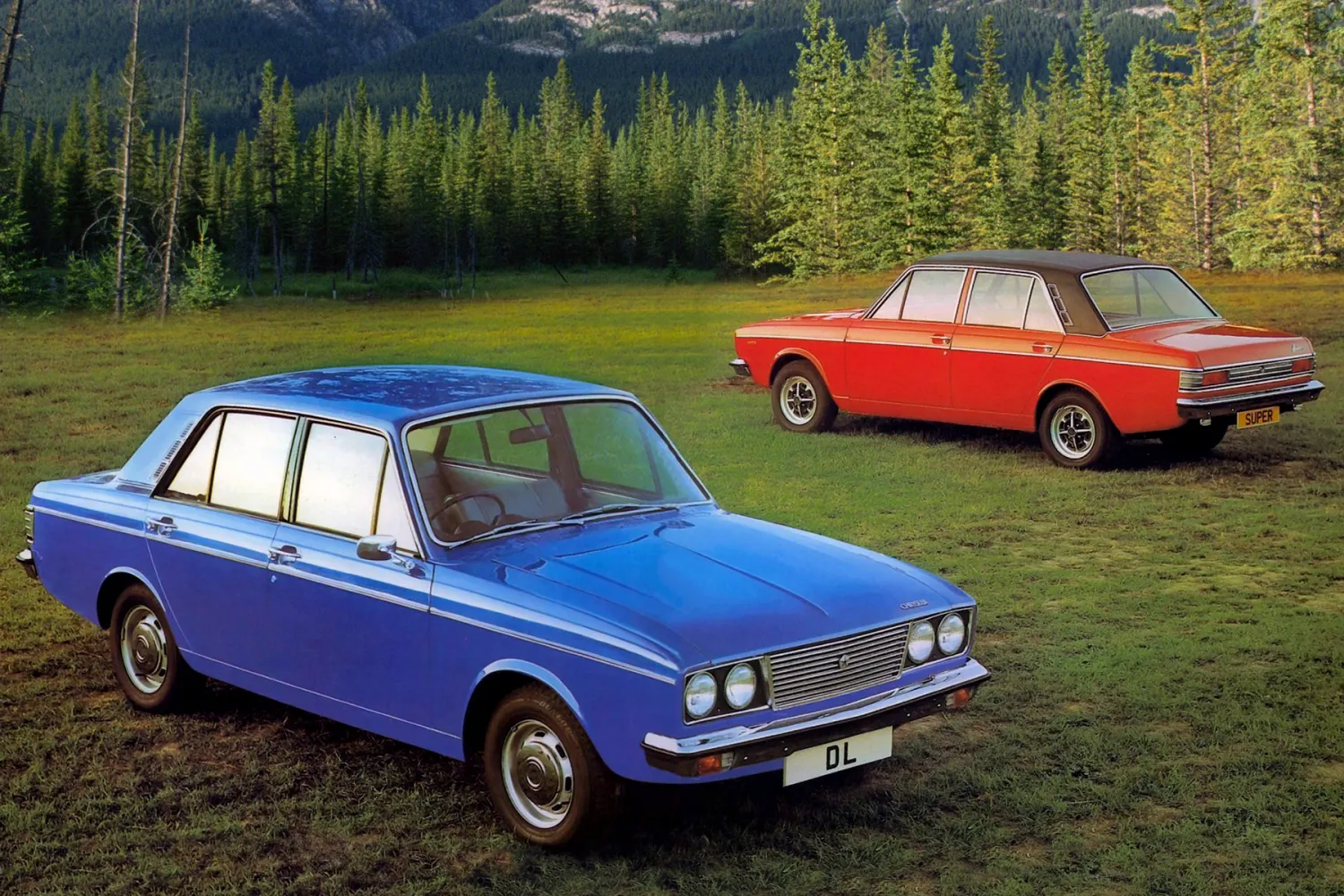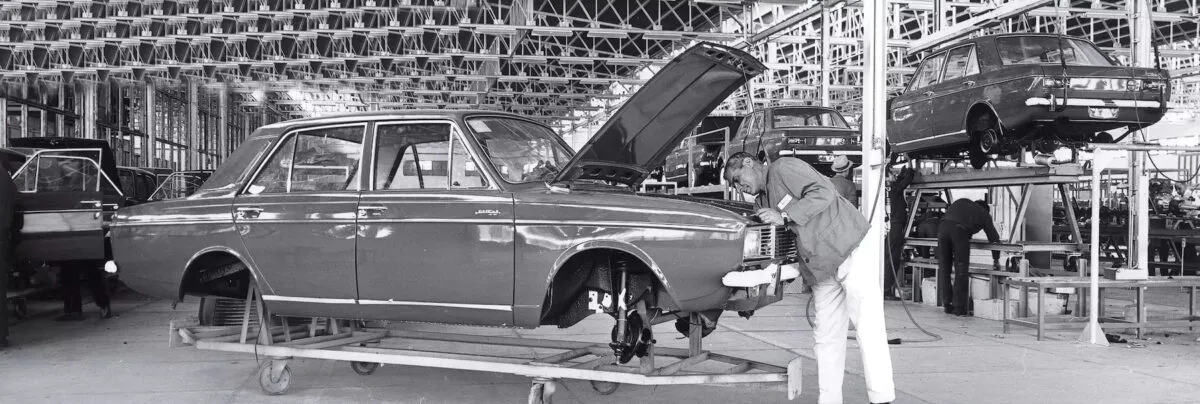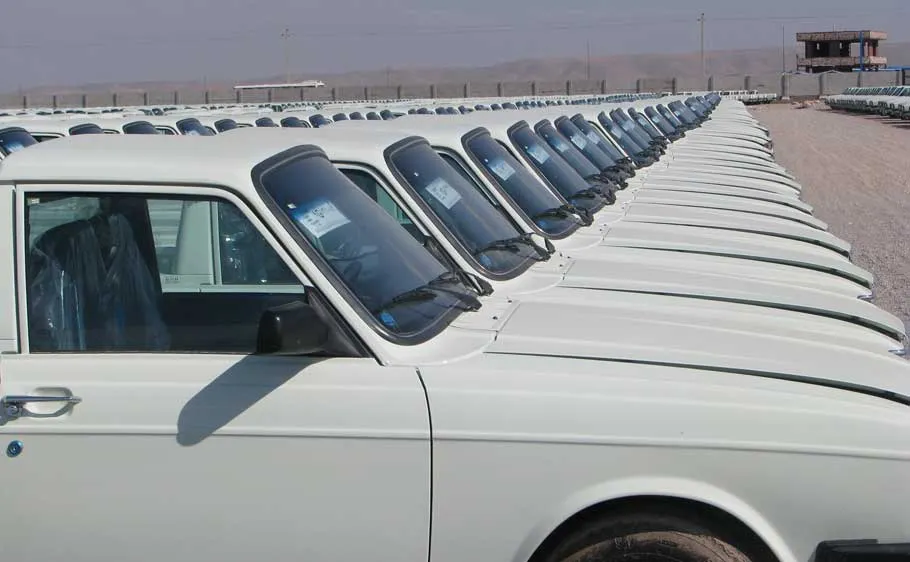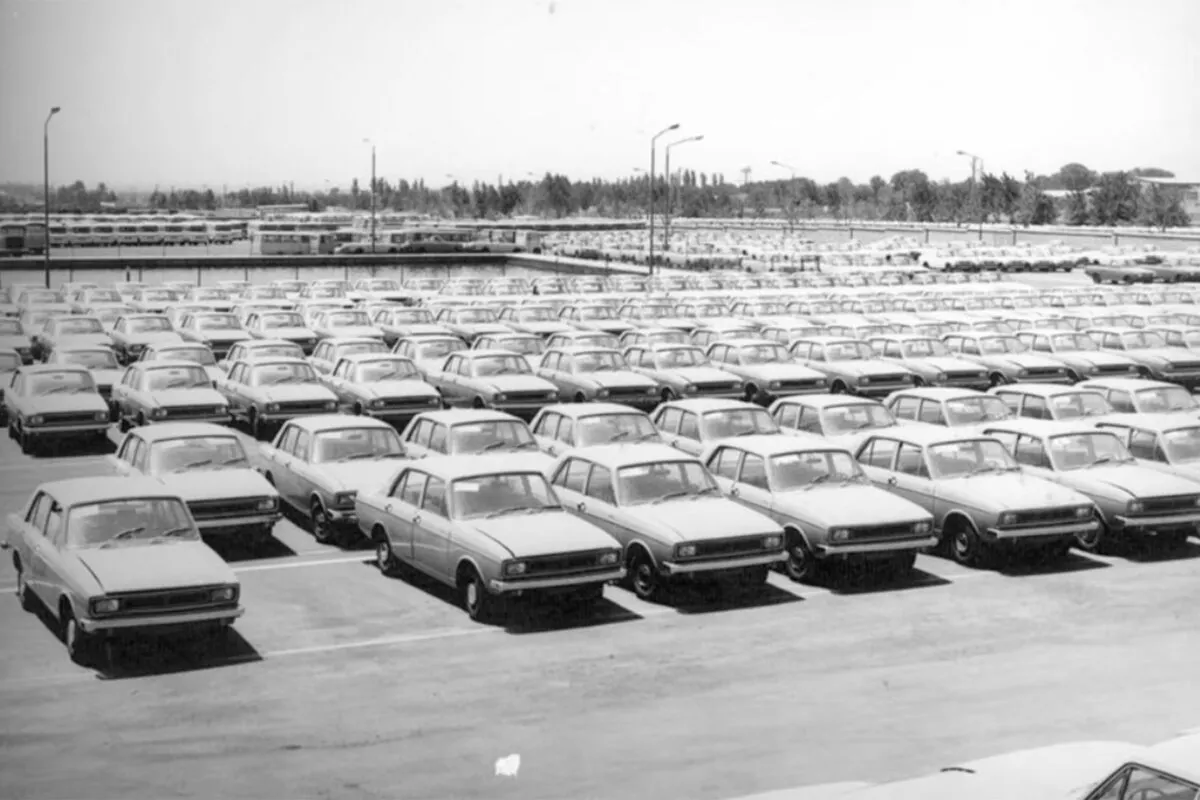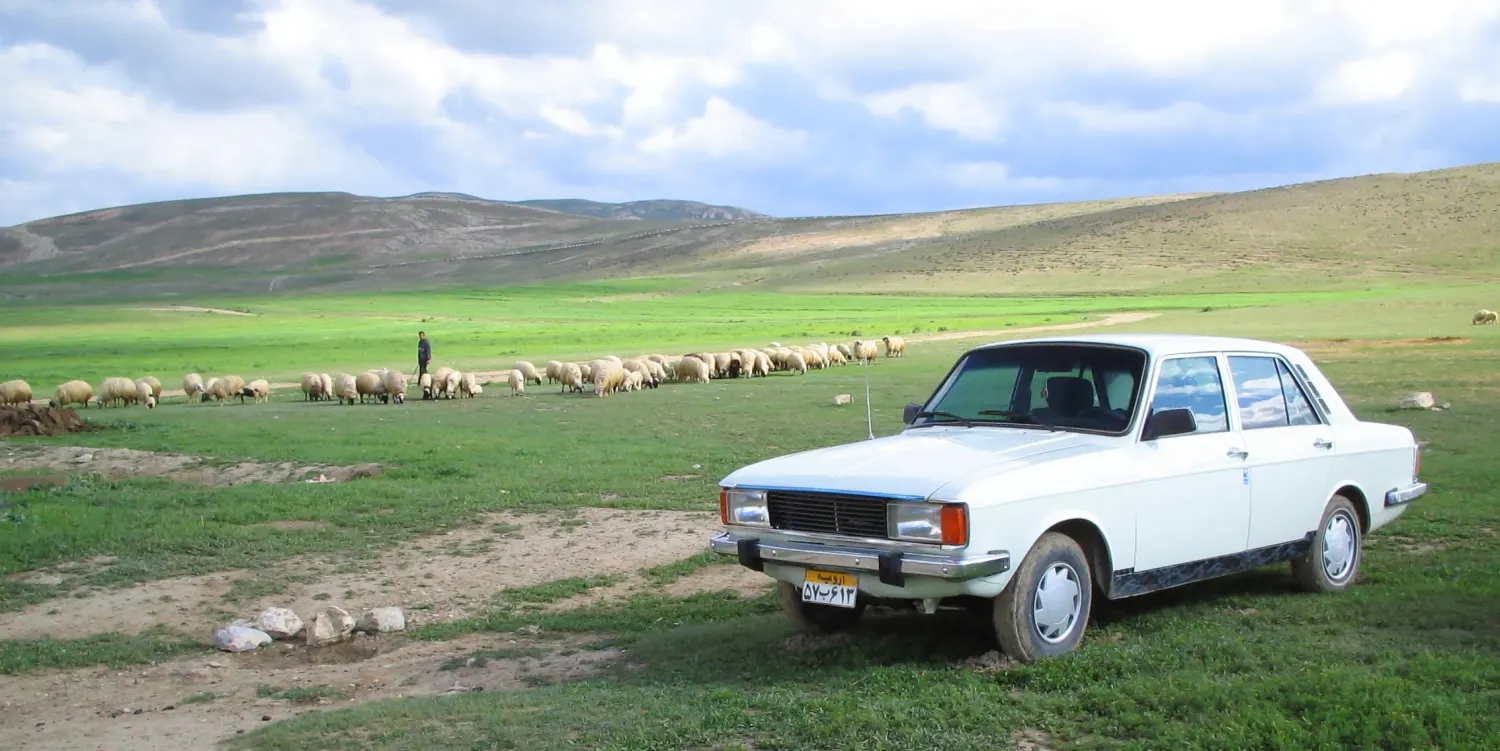The British Arrow That Found Its Persian Target

Most cars, when they die in their home country, stay dead. They fade from the roads, become a footnote in a history book, and that's that. But the Hillman Hunter was different. When it died in Britain, it was spectacularly reincarnated. It moved to Iran, changed its name to the Peykan, and went on to become the single most important and beloved car in the nation's history, outliving the company that originally built it by decades. This is the strange, and brilliant, story of how a deeply pragmatic British saloon became a Persian legend.
The Arrow That Hit Its Target
The Hillman Hunter emerged from Rootes Group's Project Arrow in 1966 as a clean-sheet replacement for the ageing Super Minx. It was thoroughly modern engineering wrapped in conservative clothing: the first Rootes car with MacPherson strut front suspension, curved side glass, and flow-through ventilation. Under the bonnet sat a robust 1725cc five-bearing engine, inclined fifteen degrees to achieve a lower bonnet line. Everything about the Hunter was methodical and well-engineered, from its precise 2501mm wheelbase to its relatively light 935kg kerb weight. It was designed to be the automotive equivalent of a well-tailored suit: reliable, understated, and built to last. Yet in Britain's increasingly fashion-conscious market, such virtues were becoming almost quaint.
The Only Bidder at the Auction
In the mid-1960s, the Shah of Iran decided his rapidly modernising country needed its own automotive industry. The government put out tenders, inviting the world's major manufacturers to bid for contracts that would establish car production in Tehran. What made this opportunity different was the requirement for genuine technology transfer and progressive local content targets - not merely assembly operations. The established giants in Germany, America, and Japan examined the terms and walked away. The market seemed too small, the requirements too onerous, the political risks too uncertain. But two entrepreneurial brothers from Mashhad, Mahmoud and Ahmad Khayami, had already identified the potential. After founding Iran National company in August 1962, they needed a willing partner. Rootes Group, eternally optimistic about export opportunities and flexible about licensing arrangements, proved to be that partner.
Birth of the Arrow
The first Iranian-built Hillman Hunter rolled off the production line in Tehran on May 13, 1967, rechristened as the "Peykan" - Persian for "Arrow." The transformation from British Hunter to Iranian icon was remarkably swift. Starting at 6,000 units annually, production expanded exponentially as Iran National invested the Khayami brothers' considerable business acumen into building a supply chain from scratch. The Peykan wasn't merely assembled - it was adapted. Iranian engineers modified cooling systems for the harsh climate, strengthened suspension components for unforgiving roads, and gradually substituted local parts for imported ones. By 1977, the factory was producing over 100,000 units annually with 55 per cent local content, making it a genuine example of successful technology transfer rather than mere screwdriver assembly.
An Unlikely Champion
How unlikely was the Hunter's success? So unlikely that when Rootes entered a works team in the inaugural 1968 London-Sydney Marathon, driver Andrew Cowan famously requested "a car to come last." His reasoning was brilliantly pragmatic: in a 10,373-mile endurance test across half the world, only a supremely reliable machine would finish, let alone win. The Hunter proved his logic correct. While more sophisticated entries like Roger Clark's Lotus Cortina led for most of the event, mechanical failures eliminated the favourites one by one. Cowan's methodical approach and the Hunter's unflappable reliability brought him victory when Lucien Bianchi's leading Citroën crashed on the final competitive stage. It was a £10,000 vindication of engineering simplicity over sophistication, and the publicity boost was immediate. Unfortunately, Rootes could only supply nine cars to meet Australian demand, with fresh stock taking two months to arrive.
The Persian Renaissance
While the British automotive industry collapsed around its ears, the Peykan thrived in its new homeland. When Rootes was absorbed by Chrysler in 1967, then sold to Peugeot in 1978, the Iranian operation achieved something remarkable: complete independence. As European Hunter production ended in 1979, Iran Khodro acquired the tooling for engine production and continued manufacturing using Peugeot 504-derived powerplants. The 1979 Revolution nationalised the company but didn't halt production. Instead, the Peykan became a symbol of Iranian self-reliance and industrial capability. Through war, sanctions, and political upheaval, the car that Britain had forgotten continued rolling off Tehran production lines. It adapted, evolved, and endured, spawning unique variants like the locally-designed Bardo pickup truck.
The Immortal Legacy
The final Peykan saloon emerged in 2005, thirty-eight years after the first. Pickup production continued until 2015, by which time over two million units had been built. What had started as a humble British family car had become something unprecedented: a genuinely classless vehicle that transcended social barriers. From the Prime Minister's motorcade to the humblest taxi rank, the Peykan was simply part of Iran's automotive DNA. Its successor, the Iranian-designed Samand, may have been more modern, but it never achieved the cultural resonance of the car that taught Iran how to build motorcars. The Hunter's British creators had designed a competent family saloon; Iran transformed it into a national institution. Sometimes the greatest compliment you can pay a car isn't that it was brilliant, but that it was good enough to become indispensable.

